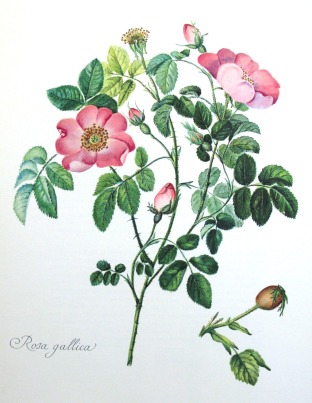![]() Electronic Collection Management
Electronic Collection Management
The University Library is delighted to announce that the JISC has negotiated with ProQuest to make available to UK HE institutions collections 1-4 of the Early European Books resource. This extends the access for Cambridge to include collections 3 and 4.
Collection 3 is substantially larger than the previous collections, containing 3 million pages in total, from more than 10,000 volumes scanned at four different libraries. It encompasses works in all major European languages, printed in the cities which led the explosion of the print industry in the early modern era, such as Nuremberg, Basel, Leiden, Paris and Venice. This breadth of scope gives a wide-ranging overview of the intellectual life and historical upheavals of early modern Europe. The collection contains the founding works of modern sciences such as botany, anatomy and astrology, together with accounts of travel, exploration and warfare, and influential works of literature, philosophy and humanist thought…
View original post 733 more words




![Mulber, from Herbarius latinus, Inc.4.A.1.3b[19]](https://europeancollections.files.wordpress.com/2014/01/mulber-e1389366728672.jpg?w=208&h=300)
